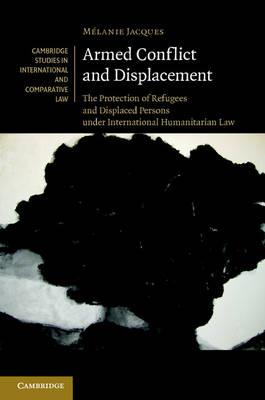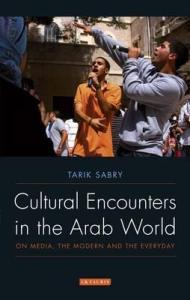
In 2010, Alexander Betts argued that it no longer makes sense to speak of the “refugee regime”. Instead, there is…a “refugee regime complex”, in which different institutions overlap [and] exist in parallel to one another’.[1] Melanie Jacques is the latest scholar to take up the challenge of working through the intersections between international refugee law and other branches of international and domestic law.
BY DANIEL ARI BAKER | AUGUST 05, 2013

Her new book Armed Conflict and Displacement represents the most detailed account yet published of the treatment of refugees and other displaced persons under customary and conventional international humanitarian law (IHL).[2] Recent conflicts in the Middle East and North-West Africa confirm the urgent need for a clear and precise statement of the special protections owed to persons displaced by conflict, and this work provides a concise and interesting overview of the ways in which IHL protects displaced persons in war. Although the text’s effectiveness and readability are undermined by some shortcomings in structure and argumentative approach, it is an important and generally readable statement of the existing law in this field.
The work is divided into 9 parts. The introduction establishes the circular causal connection between armed conflict and displacement, and states the book’s aim of providing a comprehensive account of IHL’s treatment of ‘war migrants’.[3] It clearly distinguishes between IHL, refugee, and human rights law, and affirms the continued applicability of these latter branches of international law in wartime. Jacques also contends that IHL’s status as lex specialis in times of armed conflict, as well as the customary status of many of its norms, make it an especially powerful tool for the protection of persons displaced by war. Chapters 1 and 2 consider IHL’s various prohibitions on forced displacement in international and non-international armed conflicts, and Jacques does a good job setting out the relevant legal provisions that prohibit forcible movement of civilians in wartime, even if her discussion of the mechanics of customary international law is perhaps less detailed and precise than it might have been.
Chapter 3, the longest in the book, is entitled ‘Israeli Settlements, the Separation Wall, and Displacement of Civilians in the Occupied Palestinian Territory’. It is mostly dedicated to parsing Article 49(6) of the Fourth Geneva Convention, which prohibits occupying powers from “deport[ing] or transfer[ing] parts of [their] own civilian population into the territory [they] occup[y]”. However, it mentions the displacement effect settlements have on Palestinians only briefly and in passing.[4] In a book dedicated to the prohibition of displacement in armed conflict, this focus on Article 49(6) is hard to understand. Indeed, the chapter feels like it was written for a separate project and only included in this book at the last minute, with a few references to displacement added to lessen the incongruity. While Article 49(6) is by no means unrelated to the prohibition on forced displacement, the chapter does not explore this connection, but is intent rather to drive home the illegality of Israeli expansionism in the West Bank. This approach is especially disappointing since the book provided Jacques the opportunity to reframe the debate on the legality of Israel’s settlement policy by moving the discussion away from analysis of Article 49(6) and focusing instead on the way the settlements tend to depopulate areas traditionally inhabited by Palestinian Arabs. This would have marked a major step forward in the legal literature on Israel/Palestine: by applying her previous chapters’ work on forced displacement to the concrete situation in Palestine to show that the settlements are illegal by virtue of their violating Article 49(1), Jacques could have cleverly undercut Israel’s arguments under Article 49(6) by demonstrating that, even if settlements could be justified under that provision, as Israel claims, nevertheless the displacement they effect renders them illegal under Article 49(1). However, the information presented in Chapters 1 and 2 is largely forgotten as Jacques rehearses arguments that the West Bank is occupied and that settlements and the security wall constitute the kind of colonization prohibited by Article 49(6).



